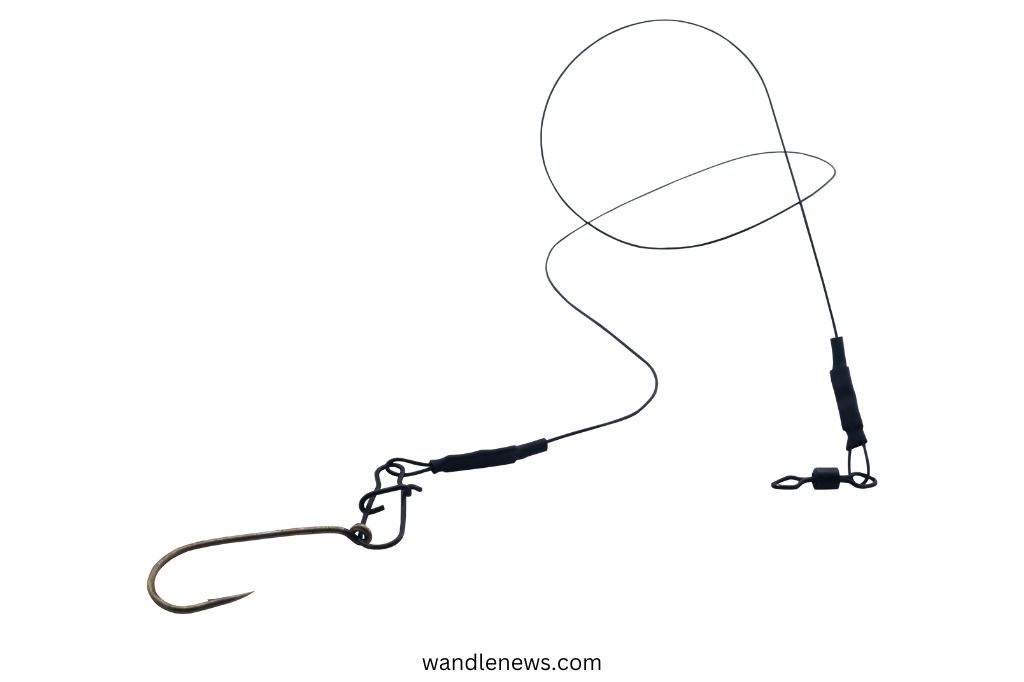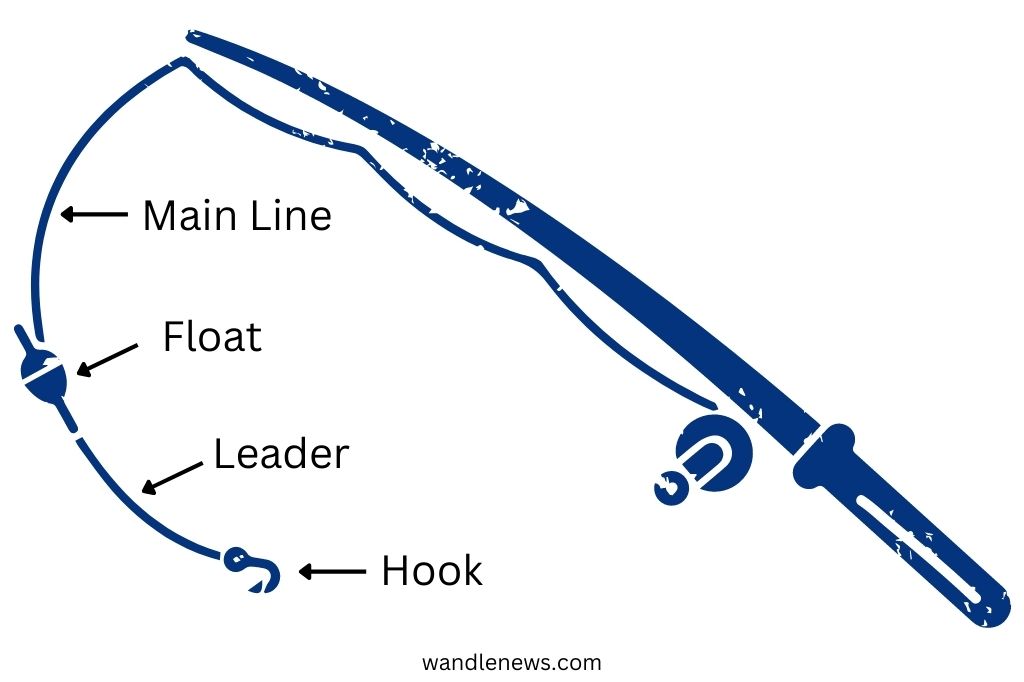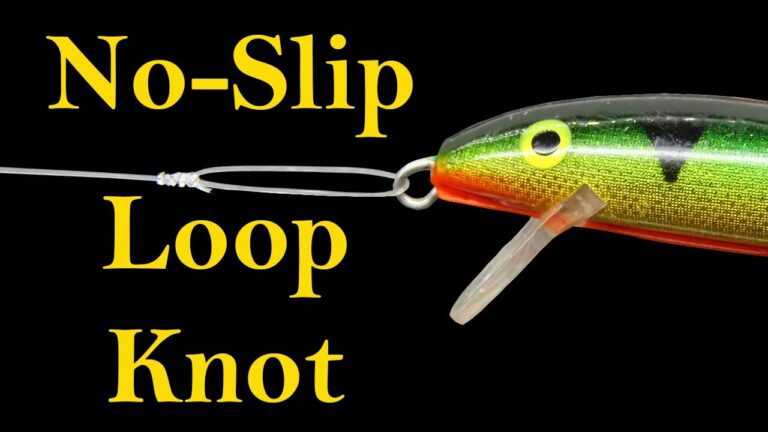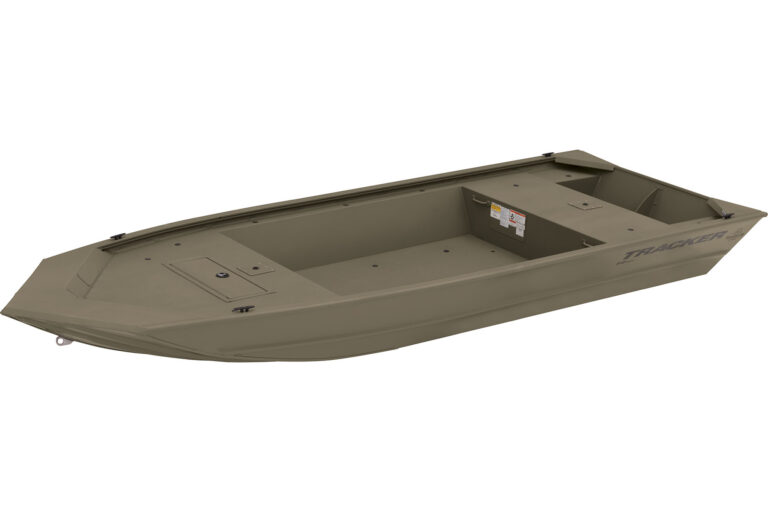Why Use a Leader When Fishing
Using a leader when fishing is important because it provides extra line strength and abrasion resistance, reduces line visibility, and prevents line twist when using certain lures. Bass pros often rely on thin braided line with a fluorocarbon leader when finesse fishing with a spinning reel.
While leaders are not necessary if you are using monofilament or fluorocarbon as your mainline, adding a small bite-tippet with a stronger line can help with abrasion resistance when targeting tarpon or snook. Additionally, leader material stretch absorbs the shock of fighting fish and keeps them hooked up, making it crucial to use a leader when fishing with braided line.

Credit: wandlenews.com
Benefits Of Using A Leader
Using a leader when fishing has numerous benefits. It helps to prevent line twist, reduces line visibility, and offers abrasion resistance. Leaders are especially useful when using braided mainline or fishing with certain lures, making them an essential tool for successful fishing.
Benefits of Using a Leader: Using a leader offers improved line protection, minimizing potential damage to the main line. It also reduces line visibility, making it less detectable to fish. Additionally, leaders help prevent line twist, ensuring smoother, more efficient fishing.

Credit: wandlenews.com
Understanding Fishing Leaders
What is a Fishing Leader?
A fishing leader is a section of line that is attached between the main fishing line and the hook or lure. It is typically made from materials such as monofilament, fluorocarbon, or wire. Leaders are used to provide several advantages in fishing.
| Material | Advantages |
|---|---|
| Monofilament | Good for general fishing, offers some flexibility |
| Fluorocarbon | Almost invisible in water, ideal for clear water fishing |
| Wire | Provides excellent strength and durability, suitable for toothy fish |
When it comes to fishing, using a leader offers several benefits. Firstly, it helps prevent line breakage and increases the chances of landing a fish. Secondly, leaders act as a buffer between the main line and the hook or lure, reducing the visibility of the fishing line and increasing the chances of attracting bites.
Moreover, leaders are particularly useful when targeting specific fish species that have sharp teeth or are known to be line-shy. In these cases, using a wire leader can prevent your line from getting cut off or bitten through.
In conclusion, fishing leaders are an essential tool for anglers, providing strength, durability, and invisibility to improve fishing success. Understanding the different materials used for making leaders allows you to choose the most suitable option for your fishing needs.
Reasons For Using A Fishing Leader
Using a fishing leader is essential to protect your main fishing line from abrasion and sharp-toothed fish, such as pike and musky. Leaders also enhance line visibility and prevent line twist, particularly when using specific lures with baitcasting and spinning gear.
Additionally, leaders can improve the effectiveness of certain fishing techniques, such as finesse bait fishing with a spinning reel.
to use a fishing leader? There are several reasons why using a leader is beneficial. One of the main reasons is to protect the main line from damage. The leader acts as a shield, absorbing the impact of rocks, debris, and toothy fish, preventing the main line from breaking. Another advantage is that leaders enhance abrasion resistance. They are typically made of stronger materials such as fluorocarbon or wire, which can withstand the rough surfaces and friction encountered during fishing. Additionally, using a leader can increase hookup rates. The transparency and flexibility of fluorocarbon leaders make them less visible to fish, resulting in more successful bites. Overall, incorporating a fishing leader into your fishing setup can help improve your chances of landing the catch you desire.Different Types Of Fishing Leaders
Fluorocarbon Leaders: Fluorocarbon leaders provide excellent abrasion resistance, low visibility, and sink faster than other leaders. They are ideal for fishing in clear water and targeting shy, cautious fish.
Wire Leaders: Wire leaders are highly durable and suitable for toothy fish like pike and musky. They prevent the fish from biting through the line and are essential for preventing leader failure.
Mono vs Fluoro Leaders: The choice between monofilament and fluorocarbon leaders depends on factors such as water clarity, fish species, and fishing conditions. Monofilament leaders are more shock-resistant, while fluorocarbon leaders offer better stealth and abrasion resistance.
Tips For Using Fishing Leaders
Using a fishing leader is essential to prevent line twist, reduce line visibility, and provide abrasion resistance when fishing with certain lures or targeting species like tarpon or snook. Additionally, leaders made of fluorocarbon or wire can save your mainline and provide added shock absorption when battling fish near the boat.
Tips for Using Fishing Leaders Fishing leaders are an essential tool for anglers as they offer several benefits such as protecting the main line, reducing line visibility, and preventing line twist. However, it’s important to choose the right leader length to ensure optimal performance. The length of the leader depends on various factors such as the type of fishing, target species, and water conditions. When attaching leaders, it’s crucial to use proper knots for a secure connection. Some popular knots for attaching leaders include the improved clinch knot, uni knot, and Albright knot. Another option is to attach leaders using swivels, which provide flexibility and prevent line twisting. By using the right leader length and proper attachment methods, anglers can improve their chances of landing more fish. Remember to always consider the specific fishing conditions and adapt accordingly for the best results.
Credit: m.youtube.com
Frequently Asked Questions On Why Use A Leader When Fishing
What Is The Point Of A Fishing Leader?
A fishing leader is used to prevent line twist, reduce line visibility, and provide extra line strength and abrasion protection. It is especially useful when using certain lures, finesse baits, or fishing for species like tarpon or snook. Even though it is not necessary when using monofilament or fluorocarbon as your mainline, adding a leader can enhance your fishing experience.
Should I Use A Leader On My Fishing Line?
Using a leader on your fishing line is advisable for better line visibility and to prevent line twisting. It also provides extra strength and abrasion protection. Leaders are essential for baitcasting and spinning gear, especially when using certain lures. Many bass pros use thin braided line with a fluorocarbon leader for finesse baits.
Can You Fish Without A Leader?
Yes, you can fish without a leader if you are using monofilament or fluorocarbon as your mainline. However, adding a small bite-tippet with a stronger line can help with abrasion resistance for certain fish species like tarpon or snook.
Why Do You Need A Leader On A Braided Line?
A leader is needed on a braided line to provide extra line strength and abrasion protection. It also helps prevent line twist and reduces line visibility. Adding a leader with a stronger line can improve abrasion resistance when fishing for certain species.
Additionally, the stretch in leader material absorbs the shock of fighting fish and keeps them hooked up.
Conclusion
Using a leader when fishing provides added line strength, abrasion protection, and reduces line visibility. Whether it’s to prevent line twist, save your main line, or retain fish when they get wild, the benefits are clear. It’s a valuable tool for all types of fishing, from finesse baits to tarpon and snook.



